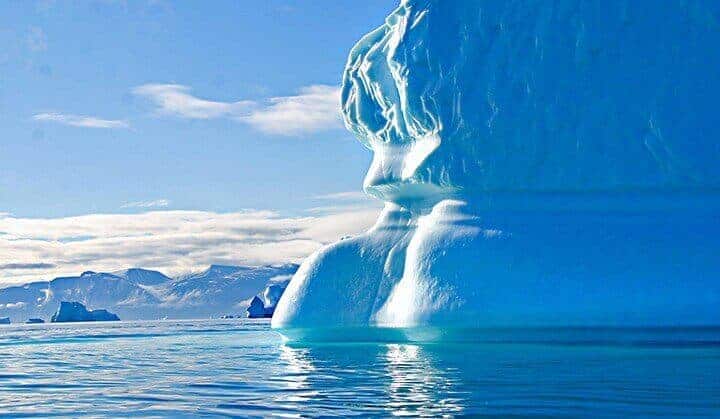New techniques are allowing scientists to understand how carbon dioxide, released from the deep ocean, helped to end the last ice age and create our current climate.
An international team, including Yale paleoclimatologist Michael Henehan, studied the shells of ancient marine organisms that lived in surface waters of the southern Atlantic and eastern equatorial Pacific oceans thousands of years ago. The researchers determined that high concentrations of dissolved carbon dioxide in those waters coincided with rises in atmospheric carbon dioxide and global temperatures at the end of the last ice age.
The findings give scientists valuable insights into how the ocean can affect the carbon cycle and climate change, say the researchers.
A study describing the research appears in the journal Nature. Joint lead authors of the study are Miguel Martínez-Botí of the University of Southampton and Gianluca Marino of the Australian National University. The University of Southampton led the effort.
“This is an exciting time for research into past climates,” said Henehan, who is a postdoctoral associate in the Department of Geology and Geophysics. “Advances in technologies and improvements in our methods have allowed us in this study to show just how critical carbon dioxide release from the oceans was in kicking the Earth out of the last ice age and into the climate state we have today.”
Henehan said Yale scientists are using the same technique to look even further back in time, investigating whether changes in atmospheric carbon dioxide played a role in the mass extinction of species at the end of the Cretaceous period.
If our reporting has informed or inspired you, please consider making a donation. Every contribution, no matter the size, empowers us to continue delivering accurate, engaging, and trustworthy science and medical news. Independent journalism requires time, effort, and resources—your support ensures we can keep uncovering the stories that matter most to you.
Join us in making knowledge accessible and impactful. Thank you for standing with us!

